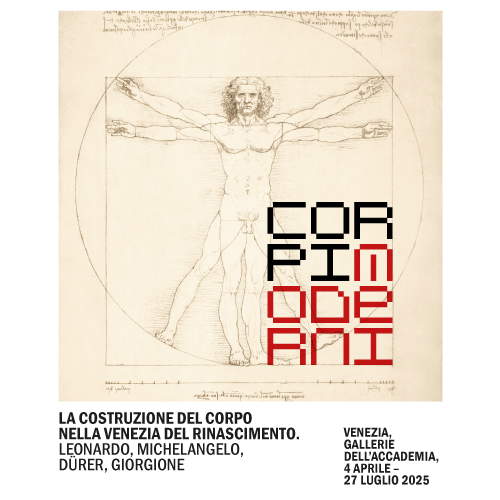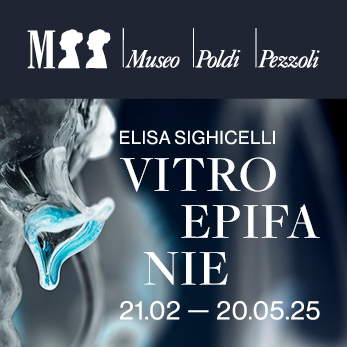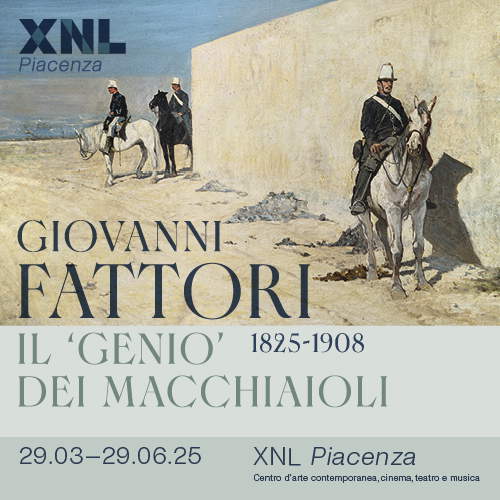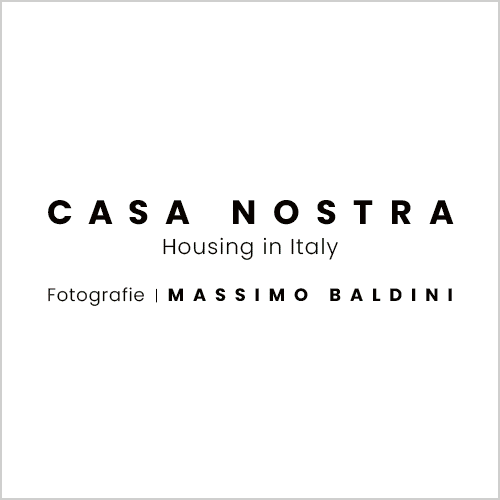If the television Van Gogh is Alberto Angela's, then indeed Temptation Island.
Let’s start with the big picture: years of studies, exhibitions, books, articles, and various and sundry activities to couple all the stereotypes about Vincent van Gogh, to convey to the public the idea that the figure of Van Gogh was slightly more complex than that of the mad genius endowed with a sensitive soul that no one understood, to restore a shadow of dignity to the most trivialized in history, to the evergreen of box-office exhibitions, to the idol of millions of viewers who put hearts to his works on social media when their trusted influencer shows them, but if they had him as a neighbor they would have already called the police, filed a petition with the district council, alerted the cameras of Rete4. Years of work that were beginning to bear fruit: the last wave of exhibitions on Van Gogh that we had in Italy (the one in Rome, the one in Milan and the one in Trieste) was turning in this direction. And then he comes along: Alberto Angela, with his prime-time Van Gogh. Like the mischievous friend blowing on the house of cards. In spite of the eve’s assurances, complete with hyperbole (“the letters are perhaps more interesting than the paintings”), Angela’s program did not deviate one iota from all those conventions that the bard of popularization himself had more or less explicitly promised to circumvent.
More than two hours to tell the novel story of Van Gogh’s life, starting from the end and going backwards. Of the entire sampler, Alberto Angela spares us nothing: the severed ear, the family that does not understand him, the attachment to his brother, the hospitalization at the clinic, the doctors’ methods of keeping him well, etc. etc. Art? Very little of it was seen. On the other hand, Angela showed us useful immersive exhibits, fundamental images of sunflowers projected on the walls of the Les-Baux-de-Provence quarries, unmissable animations that had crows flying over the wheat fields painted by Van Gogh. And then, between an Angela strolling and gesticulating over the arches of the Pont du Gard and a Recalcati who, linked from the immersive exhibition, offers us his analyses of Van Gogh’s clinical picture, here are scenes from a fiction about Van Gogh that aired on Dutch TV in 2013 and that occupy a good portion, perhaps half, of Angela’s program. What about the complexity of the figure of Van Gogh? His readings? His culture? His relationships with other artists in late 19th-century France? Why his art is so important? Nothing: you don’t want to bore the viewer, because then the viewer changes and starts watching the reality show on Channel5, and then who can hear the outraged people who are already buzzing and quivering with the desire to write editorials and posts about the unhinged and ignorant public who prefer Temptation Island to culture.
If anything, one has to wonder what the difference is between Temptation Island and this trite and soporific Van Gogh. The problem is not the mistakes (e.g. Van Gogh beginning to paint in Nuenen, Gennep’s mill “among the very first works”, the sister-in-law who before doing anything else publishes the letters of the two brothers), it is not the extreme trivializations (Van Gogh moving to Provence to seek out the countryside and get sober, Van Gogh arguing with Gauguin over a painting he did not like), it is not the immersive exhibitions, it is not the images of Dutch TV fiction . The problem is that we don’t move away from biographism, we don’t move even for half a second from anecdote. The problem is that Van Gogh, treated in this way, becomes itself a reality show. If we have to sit through two hours of a novel of Van Gogh’s life in prime time, then wouldn’t it have been quicker to directly broadcast the Dutch fiction , which, moreover, making the necessary fictionalized parts disappear, even seemed interesting? We might as well have seen two hours of film.
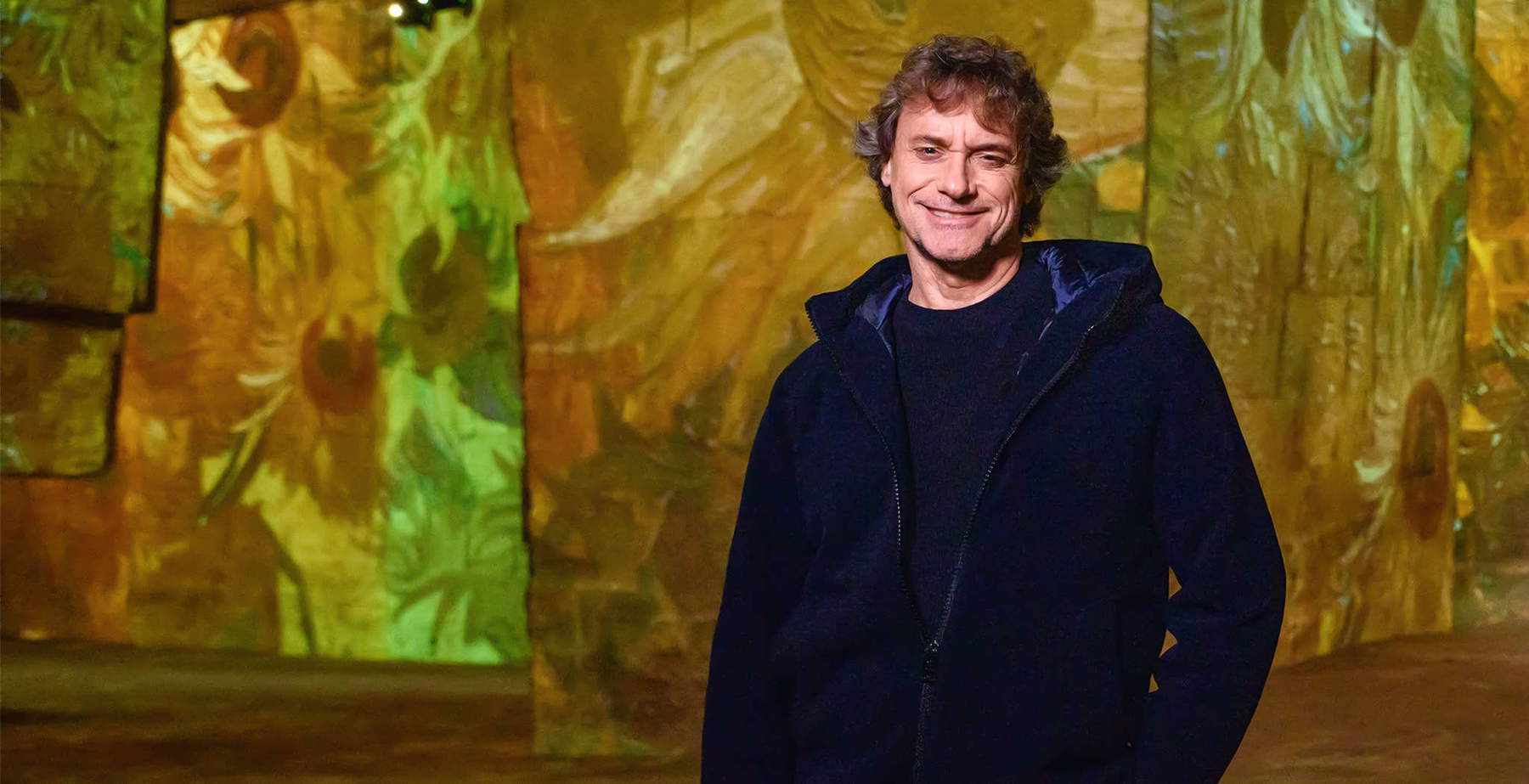
Of course, will say the reader unable to accept the idea that a trashy reality show is better than a documentary on Van Gogh: it may be the novelization of his life, it may be extreme trivialization, it may be that no art was seen, it may be that we had to unwillingly swallow the footage from the immersive exhibition or the ridiculous animations of the crows flying over the cornfields but, he says, at least Van Gogh will have reached someone. Nearly three million viewers, after all, have seen Alberto Angela’s documentary. But who doesn’t know this Van Gogh? The documentary did not propose new readings, interesting readings. Rather, it revived stereotypes. Besides, what’s the point? The exhibition in Rome two years ago closed with almost six hundred thousand visitors. And say almost six hundred thousand, when a major exhibition hardly exceeds two hundred thousand (and it would still be a well-visited exhibition). In Feltrinelli’s best-seller list for the last month, first place is Letters to Theo. Movies are no longer counted. Those who already go to see the Van Gogh exhibitions then are already in the register of persons informed about the facts. The other two million and change, after seeing the immersive mines of Provence and the crows that come alive on the cornfields, have turned off the TV.
The real challenge, then, is not to bring Van Gogh to prime time. Or, as in the upcoming episodes, to bring us London, Istanbul and Lucrezia Borgia. Everyone likes to win easy (me too, for the one time I was called upon to do something in a theater I took Johanna Bonger, Van Gogh’s sister-in-law, there). Of course, the reader who cares about RAI’s advertising revenue will say: if you put Guido Reni, Albissola, Piacenza and Plautilla Nelli in prime time instead of Van Gogh, London, Istanbul and Lucrezia Borgia, then the three million viewers you dream about, no one watches you. But how? Last summer we ended up under a deluge of criticism of Rai for suspending Noos, the appeals to the public service that it has to do public service and that it has to give a shit about ratings because Rai should not follow commercial television logic, because the goal is to do something useful for the public and not chase ratings, and so we welcome the televised Van Gogh because otherwise Guido Reni nobody watches it? And so, if we have to put it in terms of usefulness for the viewers, is it more public service to do the Van Gogh novel, or would it be more public service to let the viewer know that if he turns off the TV and sticks his nose out of the house he can see anything, and that he doesn’t even have to live in Rome, Milan, Florence or Naples to marvel? For the viewer in Celle Ligure, is the immersive mine of Provence more useful, or is it more useful to know that a couple of train stops from his home are places where fundamental pages of world art of the 1950s and 1960s were written? Is the viewer of San Rocco al Porto more useful for the animation of the raven flying over the wheat field or is it more useful to know that with a fifteen-minute bike ride from his home he can see the Guercino, he can see the Farnese splendors, and he can even see a Botticelli, if he really likes the bestselling artist? Of course, Alberto Angela’s praetorians will say: those who want to find out about Albissola, about Piacenza, about Guido Reni, about Plautilla Nelli have Raiplay, they have the programs in late night. Here: are we sure it is a good idea to confine everything that is not Van Gogh, Pompeii, and Caravaggio to Raiplay or second night? If so, then between the Van Gogh reality show and the trashy reality show, indeed watch Temptation Island. It is less boring and, in some ways, even more interesting. Then for culture there is Raiplay or there is second night anyway.
Warning: the translation into English of the original Italian article was created using automatic tools. We undertake to review all articles, but we do not guarantee the total absence of inaccuracies in the translation due to the program. You can find the original by clicking on the ITA button. If you find any mistake,please contact us.





